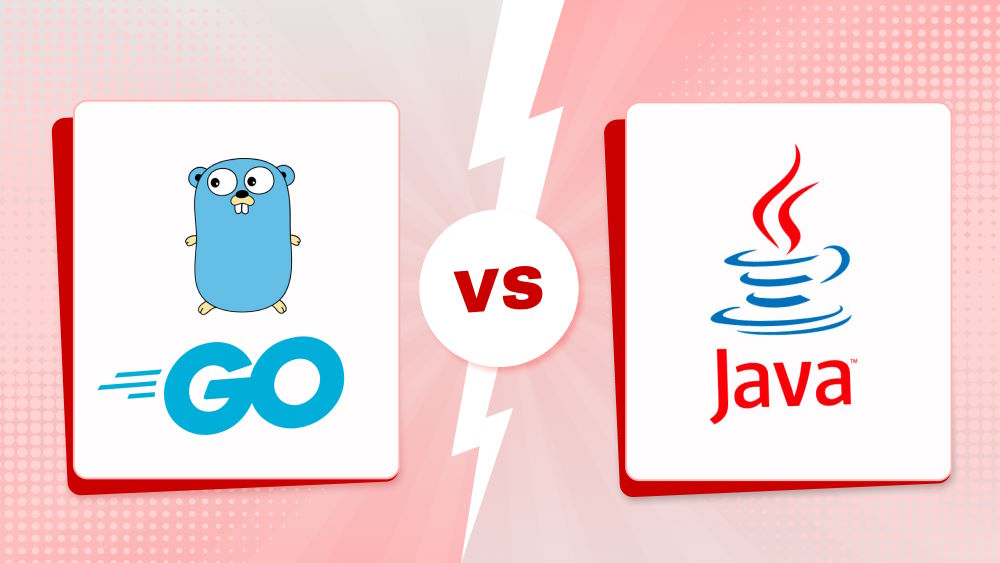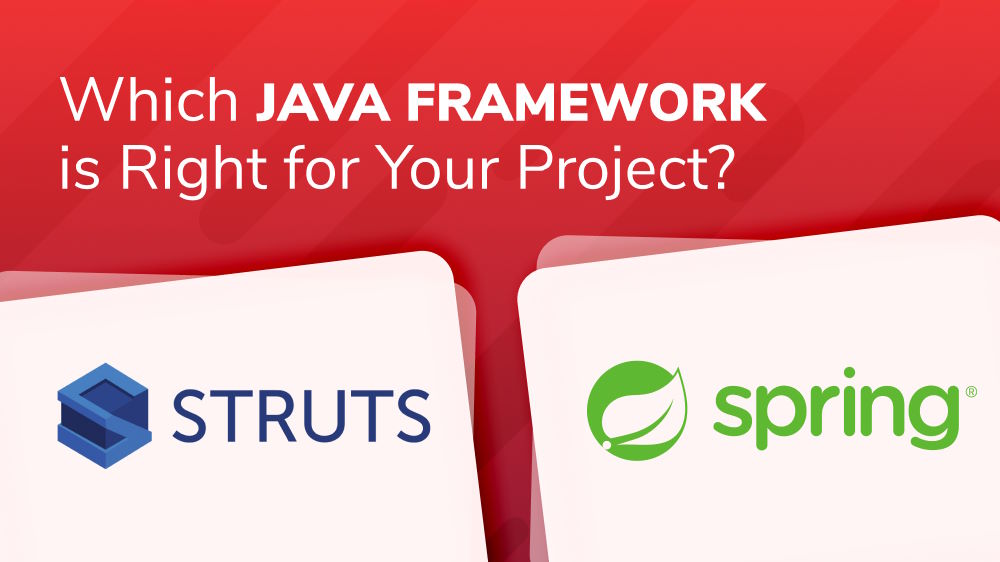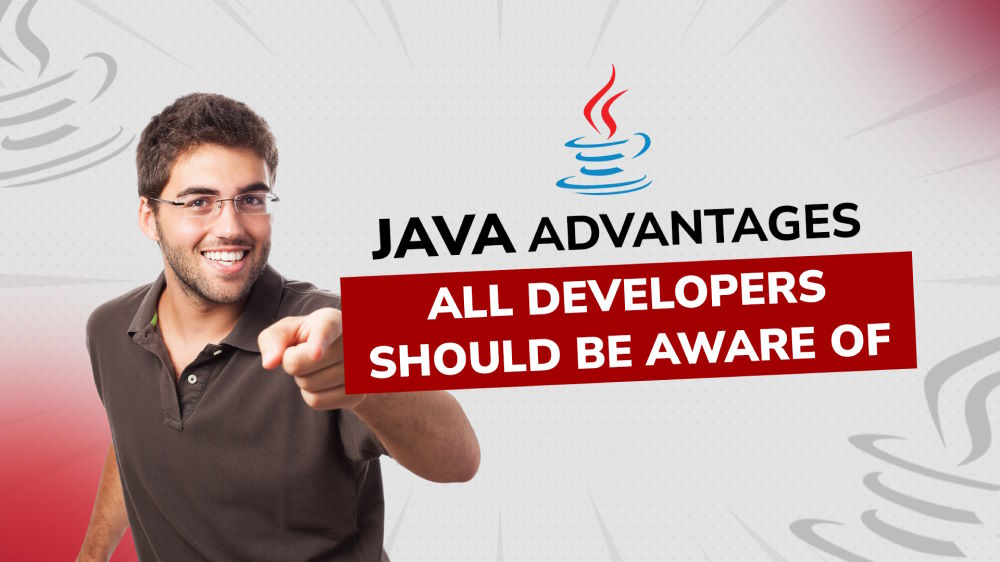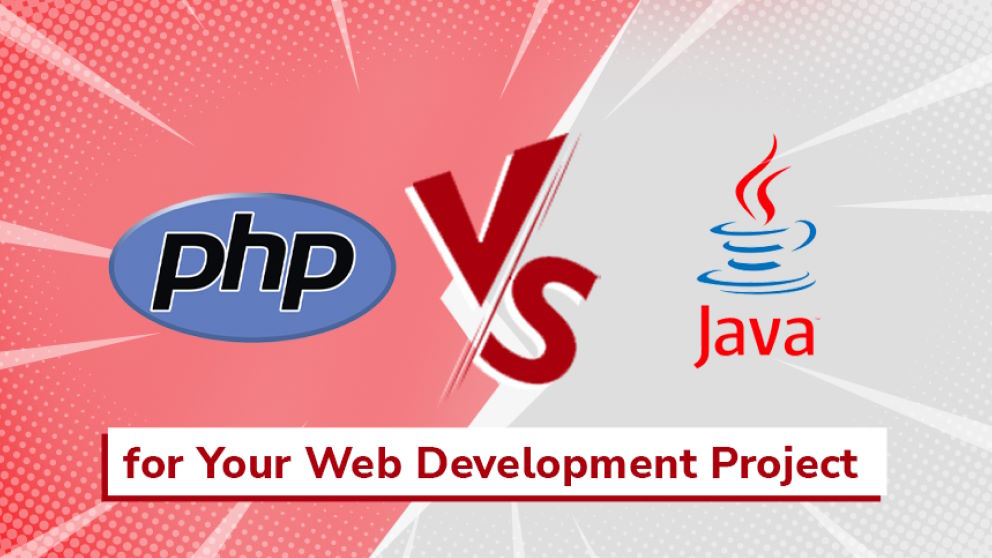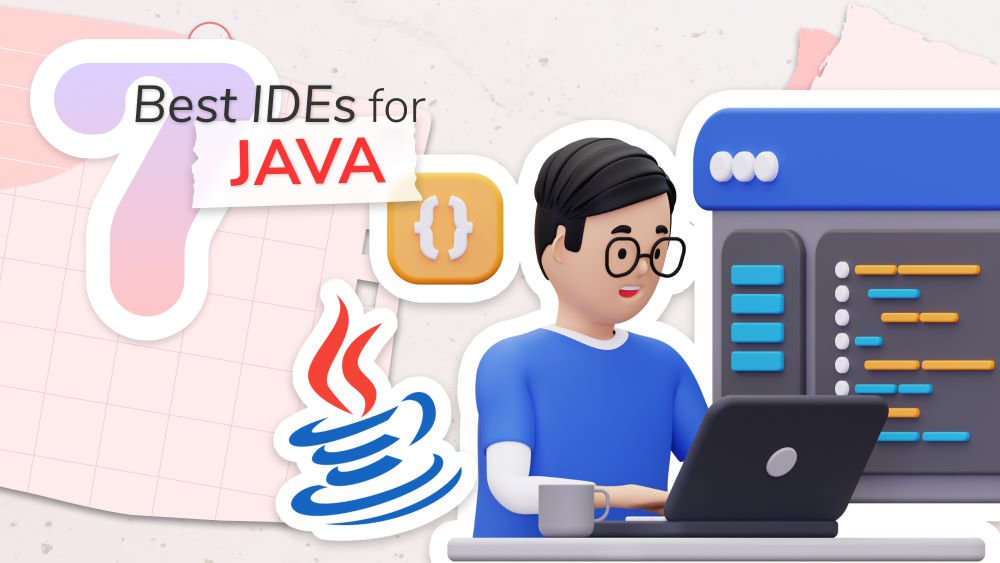What Are Some of the Most Popular Java Frameworks?
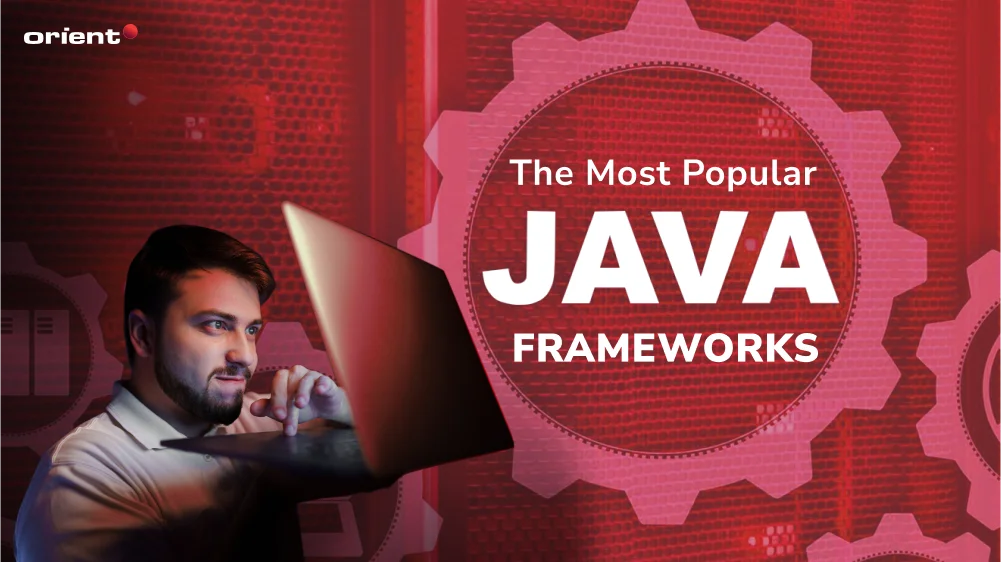
Content Map
More chaptersJava is a current programming language that is used in developing web applications and many different software. The Java advantages are not the only motive for its enduring popularity over the years since its inception; the existence of a variety of frameworks to simplify modern software development principles and processes has also contributed.
At present, an increasing number of Java frameworks are available, and each one has its own unique set of features. Thus, we are going to show you a brief rundown of the most popular Java frameworks.
What Is a Java Framework?
A Java platform is a library of pre-written code that aids developers in creating applications faster and with less effort. It provides structure and organization to your app product and common functionality that you can use in your code. The best Java framework typically contains modules for security features, data access, user interfaces, web application development, and more.
Why Use a Framework?
Frameworks exist to reduce the amount of code needed for your application. They promote high standards and software reuse. Even though frameworks require a more initial time investment, the long-term result is increased productivity with less effort needed from developers on future projects. As an application grows, it becomes more challenging to maintain without a framework. Bugs become harder to fix, and features become harder to add.
11 Most Popular Java Frameworks
Frameworks are essential for developing Java applications, and there are many to choose from. Here is the list of the eleven best Java frameworks:
1. Spring Framework
The Spring framework, one of the most Java frameworks, is an open-source application framework and inversion of control container for the Java platform. Leveraged by numerous large enterprises, it offers an array of pre-written Java code and tools designed to streamline the development process with dynamic content.
The framework has a modular architecture, meaning developers have the flexibility to use parts of it while ignoring others. It’s often referred to as a “framework of frameworks” due to its ability to integrate seamlessly with other frameworks like Hibernate and Struts, thus enhancing its versatility.
One of the unique selling propositions of the Spring framework is its focus on enterprise-level applications. The framework offers a comprehensive programming and configuration model for modern Java-based enterprise apps and addresses various architectures and scenarios.
The Spring framework can be challenging to learn, particularly for beginners, due to its extensive range of features and steep learning curve. Furthermore, it requires substantial configuration, which can be time-consuming and might be considered overkill for smaller-scale applications.
2. Struts

Apache Struts is a renowned open-source web application framework used for developing enterprise-ready Java-based web applications. Developed by the Apache Software Foundation, Struts leverages the Model-View-Controller (MVC) design pattern, enabling a clear separation of logic and user interface components.
Struts simplifies the process of creating complex or large-scale web applications thanks to its comprehensive tag libraries that streamline the creation of form-based applications with server pages. It also comes with robust error-handling mechanisms, making debugging easier.
Besides, Struts supports internationalization (i18n). The framework allows applications to be easily adapted to different programming languages and regions without engineering changes. Another notable feature is its integration with other Java frameworks like Hibernate, Spring, etc., enhancing its functionality and versatility.
Struts is not as flexible as some newer frameworks, and its learning curve can be steep for beginners due to its XML configuration files. Also, while it is suitable for large-scale projects, it may be overkill for smaller, simpler applications.
3. Hibernate Framework

Hibernate is a highly popular object-relational mapping (ORM) tool for Java, providing an effective bridge between the OOP world and the relational database system. This framework allows Java developers to work with objects in their code without having to deal with the underlying SQL operations.
As an open-source library, Hibernate offers numerous features that streamline the development process. It efficiently maps Java objects to database tables, eliminating the need for repetitive SQL code and thus enhancing productivity. Its use extends to several large organizations like IBM, Oracle, and Microsoft, underscoring its robustness and reliability.
The key advantages of the Hibernate framework are its simplicity, performance, and flexibility. Its user-friendly nature and robust performance make it a preferred choice for many developers. Plus, its flexibility enables it to adapt to any database system, providing seamless integration.
For Hibernate, the learning curve can be steep for beginners, primarily due to its comprehensive range of features. Additionally, it may not support some advanced SQL features, which may limit its usability in certain complex scenarios.
4. Java Server Faces
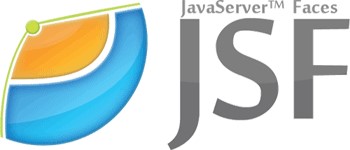
Java Server Faces (JSF) is an MVC framework created by Sun for Java technology. It is open-source and maintained by Oracle, and it can be used to develop web applications. The JSF framework provides a unified programming model that allows you to develop rich, interactive web applications using the component-based UI paradigm.
Moreover, JSF is a component-based framework that enables you to build reusable UI components. It also provides a mechanism for managing state and navigation between pages. JSF is often used in conjunction with the Facelets templating engine.
Java Server Faces, or JSF, has many advantages, including its component-based approach, rich functionality, and ease of use. It also has a few disadvantages, such as its complexity.
5. Google Web Toolkit
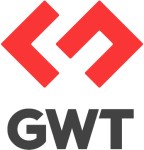
GWT - Google Web Toolkit is another good choice of Java framework for programming in Java. It was designed specifically to help web developers build browser-based apps using simple Java code rather than complicated JavaScript code. GWT’s goal is to make it easier for people to use the same language on both the webserver and client sides.
GWT has many advantages, such as ease of use and speed. It also has a number of disadvantages, such as being difficult to learn for beginners and not supporting some features of modern browsers.
6. Play Framework
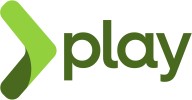
The Play framework is an open-source framework designed to develop modern web apps. It provides a rapid development environment with pluggable components and dependency injection features.
The Play framework helps developers create code with fewer bugs and more reuse. Play is based on the principles of convention over configuration; it uses Scala as its preferred programming language, and its main methods of communication are HTTP, JSON, and XML.
One of the main advantages of Play is that it allows developers to create and run applications rapidly. Play also has a number of other advantages, such as excellent documentation and community support.
7. Dropwizard

Dropwizard is a Java framework designed to create RESTful web services. It provides many features, such as dependency injection, logging, and configuration. Dropwizard also includes a number of libraries to help with common web development tasks, such as JSON processing and authentication.
One of the critical characteristics of Dropwizard is its simplicity. It is a lightweight framework that provides many features without becoming too complicated.
8. Apache Wicket
Apache Wicket is an open-source Java web application framework that uses a component-oriented architecture, which can be seen as similar to the Model-View-Controller (MVC) pattern. It is built on top of Java 11, and it is maintained by a community of volunteers.
The Apache Wicket framework is designed to simplify the process of creating web applications, including single-page applications. It provides a variety of features like Ajax support and the ability to create RESTful interfaces. One of the strengths of Apache Wicket is its extensibility, as it can be enhanced with plugins or extension points.
9. Grails
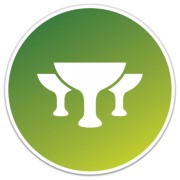
Grails is an open-source lightweight Java framework built on top of the Groovy programming language. It is highly productive, allowing you to create applications quickly with convention-over-configuration and minimal code. Grails has been in active development for several years, but it isn’t as popular as many other Java frameworks, such as Spring MVC or Struts.
Grails is built to make it easy to create web applications with an MVC architecture. It provides features such as scaffolding, data binding, and more. Grails also has a large plugin ecosystem that allows you to add features as needed. However, Grails is based on Groovy, which is a less popular programming language.
10. Vaadin

Vaadin framework is an open-source Java web framework that allows developers to quickly create, design, and implement modern web applications. It runs on the Java programming language, which means it works with most servers, servlet containers, and operating systems without any additional dependencies or runtime environment requirements.
One of the main features of the Vaadin framework is that it allows developers to use one single programming language for front-end and back-end code. The framework also has many other features, such as server-side architecture, UI components, visual design tools, built-in AJAX support, and more.
One of the significant benefits of the Vaadin framework is its large active community. Developers answer most questions within a few hours, which means you do not have to spend as much time on your own research. But note that the response time can vary depending on the complexity of the question and the availability of community members.
11. Blade
This is a lightweight, high-performance Java framework that follows the MVC pattern. It offers developers a simple and elegant way to create web applications. Blade aims for simplicity and speed, with a small footprint and minimal dependencies. Key features of Blade include its support for RESTful style routing interface, the use of Java 8 lambda to build API routes, and a variety of built-in web development components. Blade also uses a number of Java libraries for easier integration with other frameworks and tools. However, Blade does not have nearly as many features or plugins to expand functionality when needed.
Conclusion

In brief, the proper Java framework for you will depend on your needs and goals. There are more popular Java frameworks than these eleven, and each of them has pros and cons as well. So, it can be challenging to decide the best choice with so many options to choose from. However, by looking at some of these Java frameworks, we hope that you are able to find the best one that meets all of your requirements and expectations.
If you require professional advice or guidance for your Java-based projects, it is always a good idea to consult with experienced developers whose competencies and experience can take you to the next level. Yes, that’s us - Orient Software. Let’s talk and see how we can help! We not only support you with Java development but also provide you with top-rated tech talent for your project needs. Moreover, you can rely on us for custom software development, QA testing, and other IT services. We would love to hear from you.


